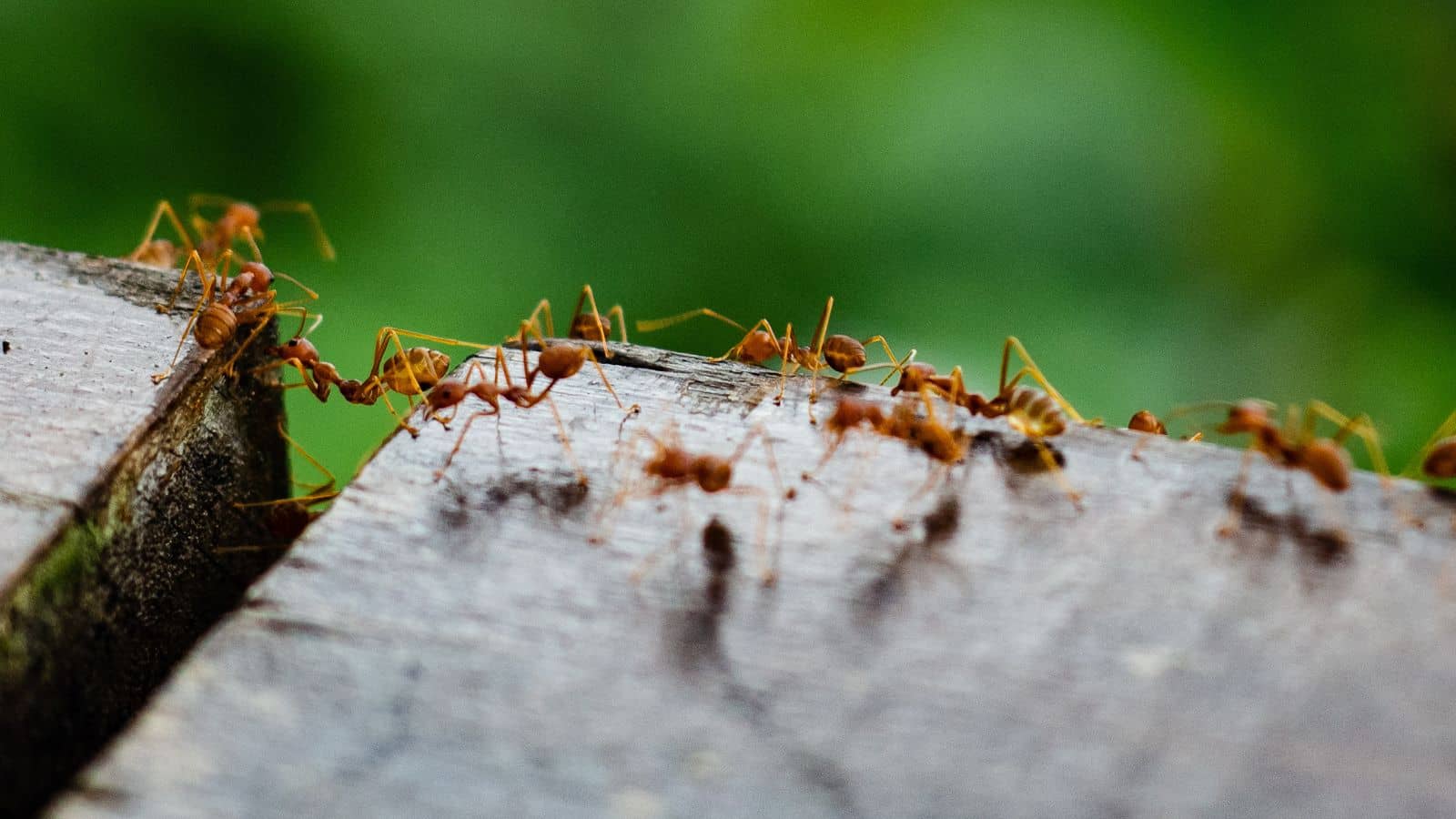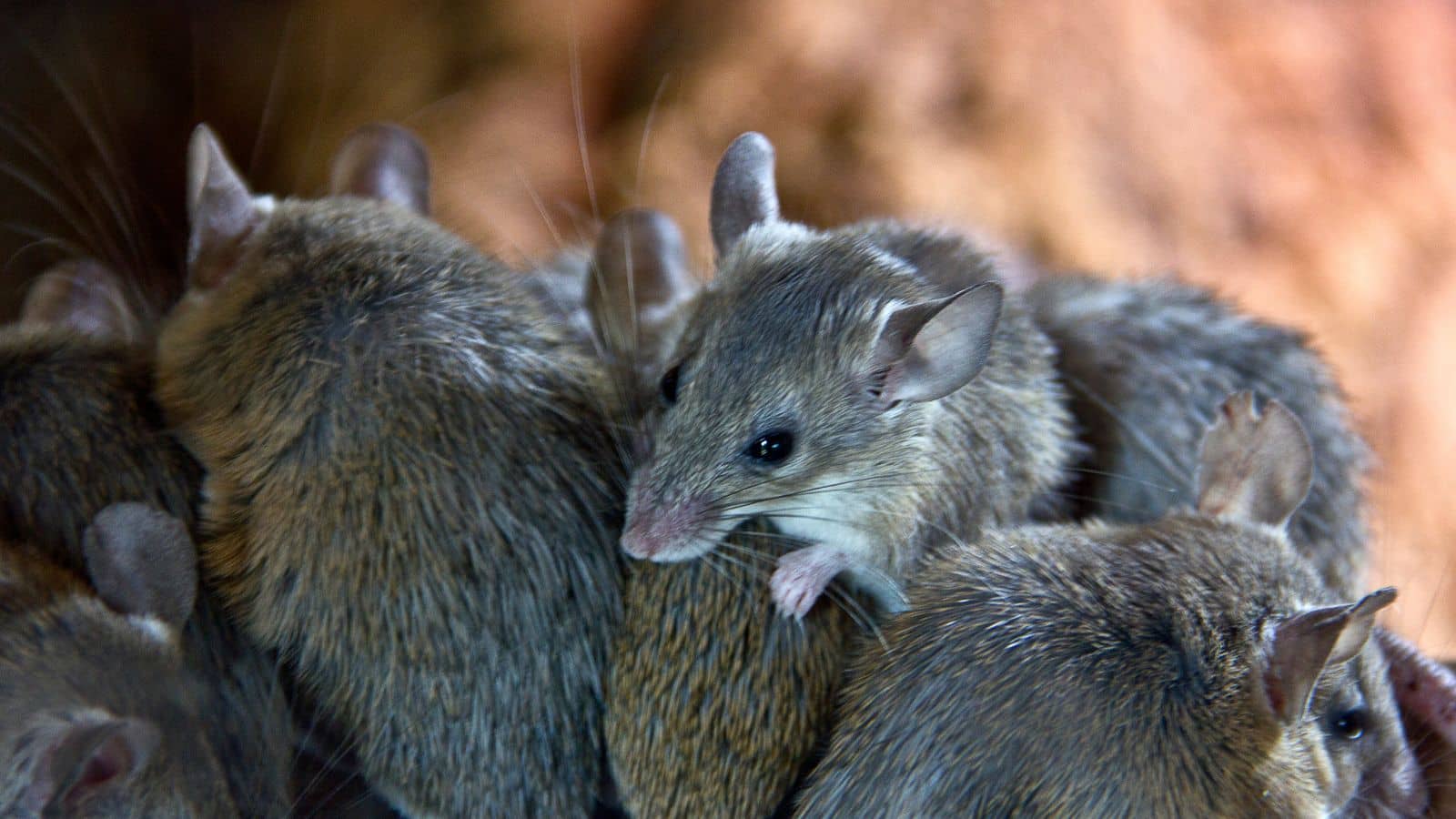If there is one type of pest that causes concern, it is rodents. According to a National Pest Management Association survey, 46 percent of homeowners are concerned that if they encounter a rodent in their home, more will follow. Their concern is well-founded.
Every three weeks, the unassuming house mouse can give birth to up to 12 pups. Doing the math can make your head spin. Rodents are associated with a variety of health risks, including droppings that can cause allergic reactions. In addition to contaminating food, rodents can transmit pathogens such as Salmonella and E. coli. The constant gnawing of rats on electrical and computer wiring raises the risk of an accidental fire.
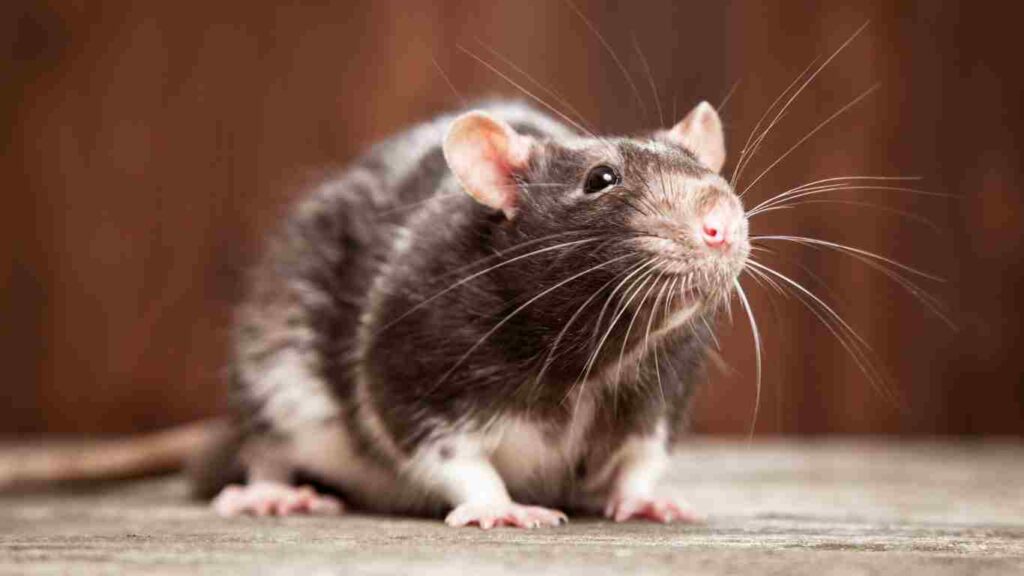
Signs of Rodents in Your House
Even though rodents prefer to stay hidden, they can leave signs of their presence in your home or apartment.
Rodent droppings
These are a sure sign that rats or mice are present, and they will indicate the type of rodent, the size of the infestation, and the location of the most active rodents. Mouse droppings are small, measuring less than a quarter-inch in length, and are pointed on both ends. Rat droppings are at least a half-inch long. Older droppings are hard and crumbly, while new ones are shiny and putty-like. The size of the feces indicates the presence of juveniles and adults, and a large number of droppings may indicate a large infestation.
Urine odor
The urine of rodents has a strong musky odor. Large infestations are easily detectable.
Gnawed mouse holes
These are small, clear-cut holes about the size of a dime. Gnawed rat holes are larger, roughly the size of a quarter, and have rough, torn edges.
Run and gnaw marks
Rodents leave oily rub marks where they travel along walls. If the rub marks smear, you can tell they’re new. Gnaw marks on the wood around the house are also warning signs. Rat tooth marks are about one-eighth inch long, and small scratch marks indicate the presence of mice.
Rodent pathways
Interior walls, building foundations, ledges, pipes, electrical wires, conduits, tree branches, and fence rails are common rodent pathways.
Nesting materials
Mice will shred paper, string, and other pliable materials to construct their indoor nests. Norway rats nest in burrows dug deep into the ground. Roof rats usually build their nests above ground, in attics, trees, or dense vegetation.
Strange noises
Rodents are nocturnal creatures. They frequently make scratching sounds as they run inside walls and along floors at night.
Unusual pet behavior
When pets hear or smell rodents in the house, they exhibit unusual behavior. They may appear extremely alert, bark, or start pawing at spaces beneath refrigerators, stoves, or low-clearance furniture.
Where Rodents Hide
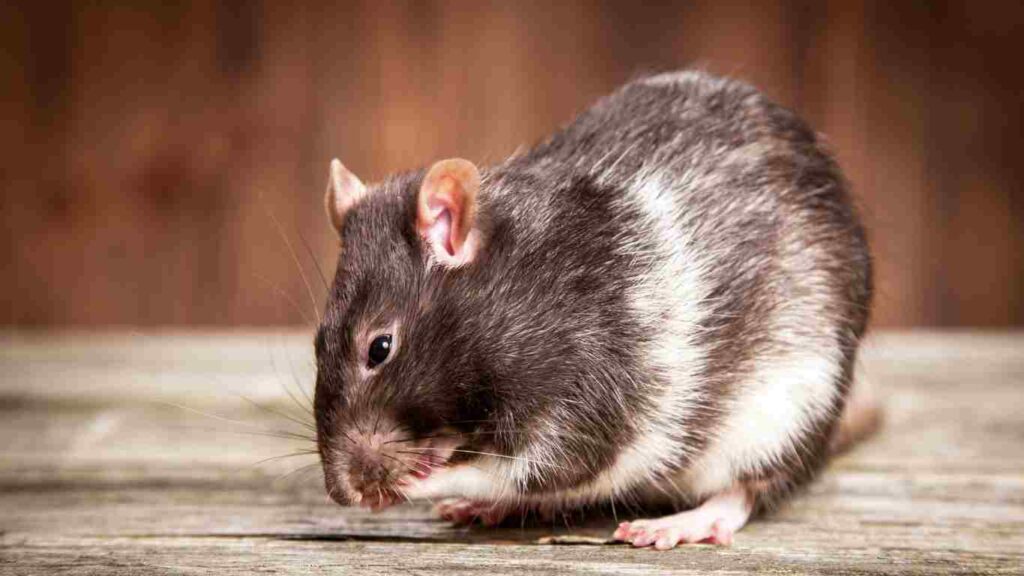
Rodents are sneaky little creatures. They have a knack for finding the coziest, most hidden spaces in your home. Unfortunately, these secret spots often go unnoticed—until it’s too late.
If you’re wondering where rodents might be hiding in your house, here are the top three places. Let’s break down why these spots are so attractive and how you can take action to rodent-proof your home.
The Attic: A Warm Haven
Rodents, especially mice and rats, love attics for one simple reason: warmth. Attics often provide the perfect temperature and insulation for nesting. They’re quiet, secluded, and rarely disturbed, making them ideal for hiding out and multiplying.
Signs of Rodents in the Attic
- Scratching or scurrying sounds, particularly at night.
- Droppings near insulation or along beams.
- Chewed-up materials like cardboard, wires, or fabric.
Why You Should Be Concerned
Rodents in the attic can damage insulation, chew through electrical wiring (posing a fire hazard), and spread diseases. They’re not just freeloaders—they’re destructive roommates.
How to Prevent Rodents in the Attic
- Seal any gaps or cracks in your roofline or eaves.
- Use steel wool to block small entry points.
- Keep food and trash securely stored to avoid attracting rodents.
The Basement: A Rodent Playground
Basements offer rodents a cool, dark space to hide, especially if there’s easy access to water or food. Leaky pipes, cluttered storage, and cracks in foundation walls make your basement an irresistible hideout.
Tell-Tale Signs of Basement Infestation
- Greasy streaks along walls (from their fur).
- Droppings in corners or near stored items.
- Nesting material like shredded paper or fabric.
Risks of Rodents in the Basement
Rodents can chew through wood and plastic, damage stored items, and contaminate your space with droppings and urine. Worse, they often use basements as a gateway to other parts of your home.
How to Keep Rodents Out of Your Basement
- Fix leaky pipes and remove any standing water.
- Declutter and store items in sealed, rodent-proof containers.
- Inspect and seal cracks in foundation walls.
Inside Walls: The Silent Intruders
Perhaps the creepiest hiding spot, walls provide rodents with protection and access to the rest of your house. These critters can enter through tiny gaps in your siding or foundation and create pathways inside your walls.
How to Detect Rodents in Walls
- Faint scratching sounds, especially at night.
- Unusual odors from rodent droppings or urine.
- Gnaw marks near baseboards or holes in drywall.
Why Rodents Love Walls
Walls are like rodent highways, allowing them to travel undetected. They often chew through wires and pipes, leading to costly repairs and potential hazards.
What to Do About Rodents in Your Walls
- Inspect for holes or cracks in your home’s exterior and seal them with caulk or steel wool.
- Set traps in areas where activity is suspected.
- Call a professional exterminator if the infestation is severe.
Rodents hiding in attics, basements, and walls are more than a nuisance—they can cause serious damage to your home and health. Regular inspections, proper home maintenance, and quick action can keep these uninvited guests out.
If you suspect a rodent problem, don’t wait! The sooner you address it, the easier it will be to reclaim your space. After all, your home should be a haven for you—not a rodent hideout.
Protect your home today. Contact Official Pest Prevention today for your free inspection and customized rodent control plan. Call (877) 711 2847 today
Will Rodents Leave if There Is No Food?
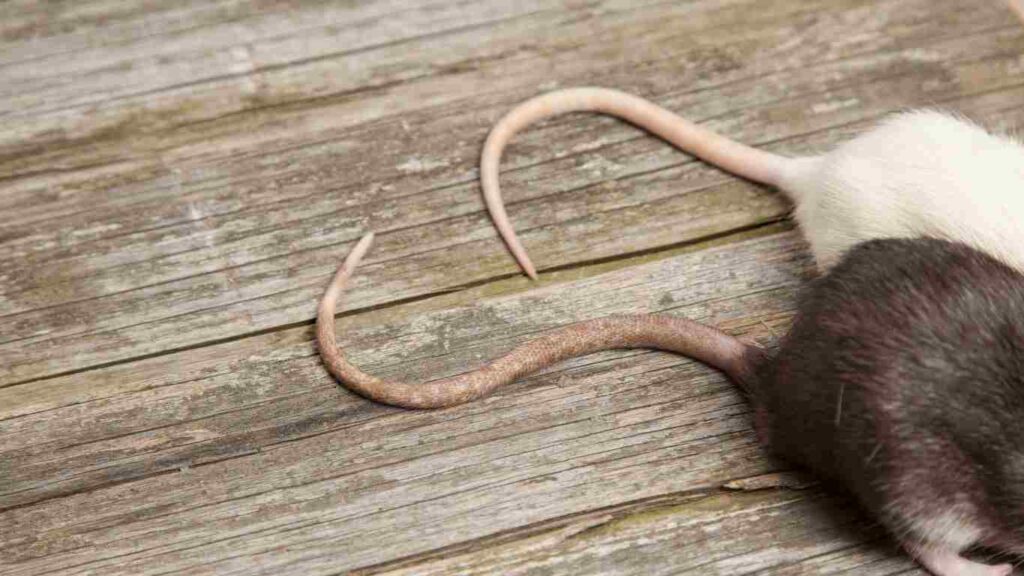
Rodents, especially mice, are resourceful little survivors. If you’re dealing with an infestation, you might wonder: will they pack up and leave if there’s no food available? The short answer is not likely—and here’s why.
Will Mice Leave if There’s No Food?
Mice rely on food to survive, much more so than water. In fact, mice can only live about 2 to 4 days without a food source. While this might sound promising, mice aren’t picky eaters. They’ll nibble on almost anything to stay alive, including:
- Seeds, grass, and flowers.
- Non-food items like paper, soap, and insulation around wires.
Even if you remove every human food source in your home, mice can still survive on scraps or non-edible materials they come across. That’s why simply cutting off their food supply isn’t enough to ensure they leave for good.
While rodents depend on food to survive, they’re incredibly adaptable. Removing food sources might slow them down, but it won’t necessarily make them leave. The key to a rodent-free home is making your environment as unappealing as possible through cleanliness, proper sealing, and strategic deterrents.
For the best results, consider hiring professional pest control services. They’ll not only eliminate existing rodents but also help you prevent future infestations—so you can finally say goodbye to these unwelcome pests.
When to Call in the Professionals
While a good start, DIY measures can only go so far in combating rodents and all of the serious problems they can cause. If you notice signs of an infestation, such as droppings, gnawed wires, or scratching noises, and the steps you’ve taken yourself don’t seem tob e doing the trick – it’s time to call in the experts. At Official Pest Prevention, we specialize in proactive and tailored solutions to protect your home, business, and community.
Don’t wait for rodents to cause serious damage to your property—act now. Contact us today for a free inspection and let us help you keep your property rodent-free. Call (877) 711 2847

![Signs of Rodents in Your Home [Mice & Rats]](https://www.officialpestprevention.com/wp-content/uploads/2024/03/Signs-of-Rodents-in-Your-Home-Mice-Rats.jpg)
